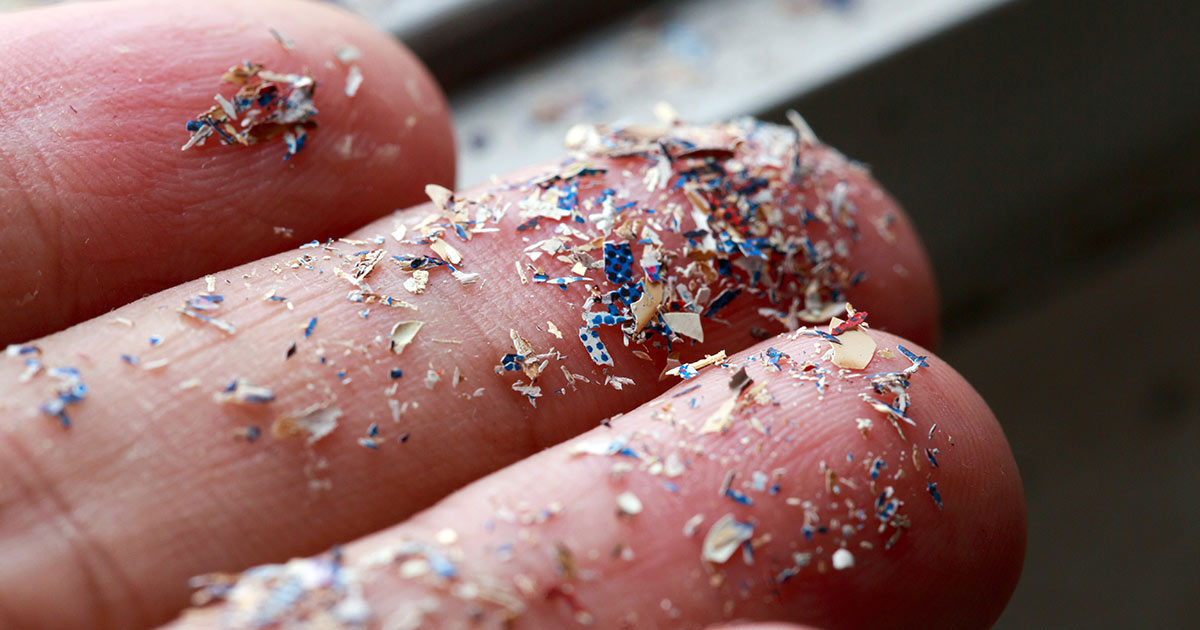A new study has found that there are 10 to 100 times more tiny plastic particles (called nanoplastics) in single-use bottled water than previously thought. Additionally, recent evidence demonstrates the presence of microplastics, which are larger than microscopic nanoplastics and smaller than 5 millimeters, in human lungs, blood, placental tissue, and human breast milk.

“The presence of these microplastics and nanoplastics in air, water, food, clothing, and other environmental media, and the health implications of their introduction into the human body, are not fully understood. '' said Dr. Linganaidu Ravichandran. , a program officer who oversees a research portfolio that includes micro/nanoplastics. “NIEHS seeks to facilitate research to understand potential human health effects.”
To this end, the Institute has expressed special interest in grant applications investigating exposure and health effects to microplastics and nanoplastics. See tips for applicants below.
- Notice of Special Interest (NOSI): Exposure and Health Effects of Microplastics and/or Nanoplastics
Notice of Special Interest (NOT-ES-23-002). - Application deadline
Applications can be submitted through November 16, 2027 using one of the following funding opportunity announcements:- PA-20-185: Research Project Grant (parent R01 clinical trial not permitted).
- PA-20-195: NIH Exploratory/Developmental Research Grant Program (parent R21 clinical trial not permitted).
- PA-20-196: NIH Exploratory/Developmental Research Grant Program (requires basic experimental research using parent R21 humans).
- Who is eligible?
Higher education institutions, nonprofit organizations, for-profit organizations, local governments, including Indian/Native American tribal governments, and community-based organizations. See the complete list of funding opportunity announcements above. - NOSI-specific tips
- NIEHS aims to support research that improves our understanding of the physicochemical properties, exposure, and associated human health effects of microplastics and nanoplastics.
- Applications must include a team of investigators with interdisciplinary expertise. It is strongly recommended that proposed research be well-controlled. Particular emphasis will be placed on characterizing the size, shape, and type of micro- or nanoplastic species. Then, the environmentally relevant concentrations and the most important properties of micro- or nanoplastics are taken into account.
- Studies focused on exposure assessment include, but are not limited to: Development of screening methods to rapidly detect, quantify, and assess micro/nanoplastic exposure levels in air, food, drinking water, and body fluids or tissues. Develop analytical methods to evaluate the size, shape, type, surface properties, and chemical composition of micro/nanoplastics. Development of sensor/monitoring technologies or tools to detect individual exposure levels.
- Research focused on health effects includes, but is not limited to: Characterization of biological or toxicological effects such as oxidative stress, inflammation, gut microbiota, or other systemic effects. Use alternative model systems (zebrafish, nematodes, etc.) for toxicity studies. and characterize the biodistribution, bioaccumulation, and excretion of well-characterized and environmentally relevant micro/nanoplastics.
- For funding consideration, applicants must include: NOT-ES-23-002 (without quotes) SF424 R&R form agency routing identifier field (box 4B). Applications that do not include this information in Box 4B will not be considered for this initiative.
- additional resources
Questions regarding the scientific aspects of this NOSI should be directed to Dr. Lingamanaidu V. Ravichandran.
(Caroline Stettler is the editor-in-chief of Environmental Factors, published monthly by the NIEHS Office of Public Affairs.)


